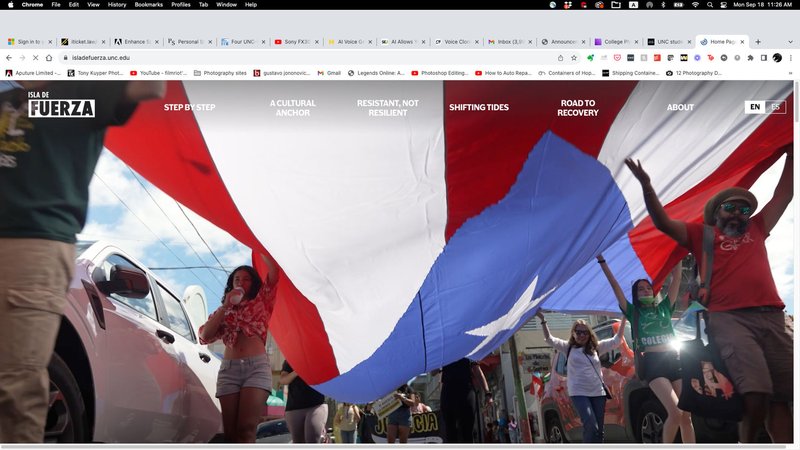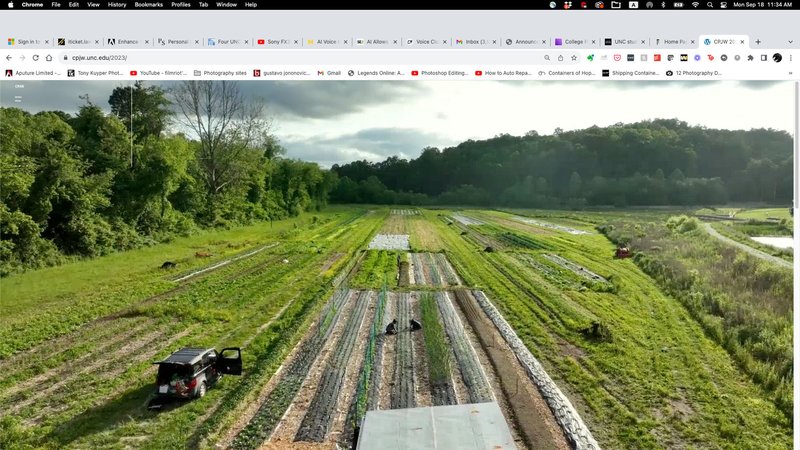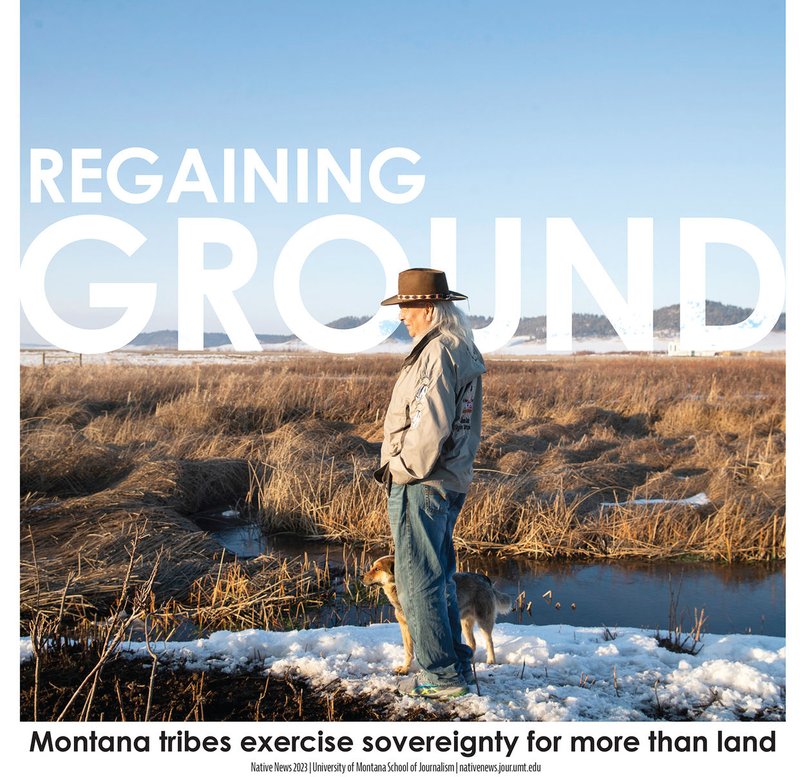CPOY 78 Multimedia: Online Storytelling
A website or collection of stories utilizing multiple mediums (still photography, video, audio, etc.). This category is open to work produced in a class or workshop setting with input and supervision by faculty or collaboration with other students, but outside professional help is not allowed.
Award of Excellence: Regaining Ground
The LandBack movement stretches from the physical return of Indigenous homelands to the strengthening of tribal sovereignty. It’s a movement that has been ramping up for a long time — some say since 1492. Yet, the gears are turning, and LandBack is gaining momentum. With the appointment of Interior Secretary Deb Haaland, Laguna Pueblo, as and the first Indigenous person to run the government’s 420 million acres of federal lands, LandBack is on the agenda for many tribes. The Native News Honors Project traveled to Montana’s seven reservations and 12 tribes to see what new progress they have made in the LandBack movement. While some tribes are acquiring new land, others harness the movement through sovereignty. The Aaniiih and Nakoda of Fort Belknap are the closest they have ever been to a water settlement, which should alleviate the reservation’s aging water systems and return hundreds of acres to the tribes. The Aamsskáápipikani tribe has teamed up with the National Park Service to pilot a co-management program on the eastern side of Glacier National Park — the first of its kind — which will allow for the return of bison into the Crown of the Continent. The Little Shell Chippewa Tribe, which received federal recognition in 2019, has launched new housing and food sovereignty programs to bolster the tribe’s basic needs. The Chippewa Cree tribe graduated its first class of Cree speakers amid a decline in fluency. Officials at the Salish and Kootenai housing department hope to solve high interest rates for first time homeowners on the Flathead reservation — which has become a boom town for out-of-state residents. Since Tsis tsis’tas owns 99% of its internal reservation lands, one of its newest projects is to build solar arrays that will lower the power bill for some members. For the Assiniboine and Sioux on Fort Peck, one historic preservation officer is leading the charge to museums and universities across the country to retrieve lost and stolen possessions, including their ancestral remains. All of Montana’s tribes are engaging in some part of the LandBack movement, exercising sovereignty and regaining ground in more ways than one.








